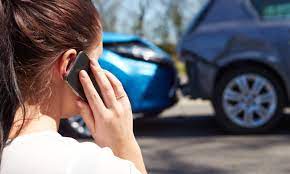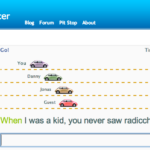When car owners think of buying additional vehicle insurance, they need to reflect on the benefits of various plans available before purchasing. It is an essential part of the car insurance buying process, so owners don’t have to regret buying insufficient cover or cover that exceeds their usage.
Anyway, insurers provide a 14-day cooling-off period when car owners can carefully read the policy disclosure statements and check if they bought the best fit plan. They can cancel their policy any time within the 14 days and receive a complete refund if they change their minds unless they have claimed within the fourteen-day window.
Car owners need to know comprehensive car insurance is often viewed as the best car insurance on offer. Even when these policies cost more than lower-cover policies, they can be worth every dollar during loss/damage to your vehicle because of untoward road incidents, theft, attempted theft, fire, malicious acts, and extreme weather events. Also, it is the only plan that covers your vehicle repairs and replacement during accidents and other covered episodes.
This article focuses on common FAQs surrounding not-at-fault comprehensive car insurance claims so you know what can happen when you weren’t the reason for a road accident.
Q1.Why is it important to determine who caused the accident?
A: Who was responsible for the accident? – is one of the crucial questions insurers ask while raising a claim. It is a critical question that needs answering because the at-fault driver or their insurer must compensate the costs for accidental loss or damage. The compensation can include towing, hire car, vehicle repair/replacement, and many more costs.
Q2.How to know who is at fault?
A: Vehicle insurers decide that based on the evidence submitted. For instance, dash cam footage, photos of the incident, physical validation, independent eyewitness testimonies, police reports, and other supporting exhibits are needed to get to the bottom of the matter.
In some scenarios, it is easy to tell who is at fault. For example, when a vehicle bumps into parked cars while reversing. However, there can be other cases when it can be challenging to ascertain because more than one driver is responsible for wreaking havoc.
In certain rare cases, drivers may lose control due to medical conditions like seizures, heart attacks, etc. So, having evidence is crucial to confirm who is at fault.
Q3.What happens when a not-at-fault driver lodges an insurance claim?
A: If your vehicle is insured with comprehensive cover and you move on to lodge a claim when not at fault, your insurer will take care of the following procedure.
Your insurer will get in touch with the at-fault driver’s insurer or the driver when uninsured and work towards resolving the issue. When the at-fault party is uninsured, your insurer may cover your vehicle repair and miscellaneous costs and then recover the same amount from the at-fault party.
Do you notice how your insurer can be of immense help during such times, making the recovery process comparatively hassle-free?
Q4.What to do when the at-fault party disputes the claim?
A: In times of dispute, you may need to provide additional details about what transpired on a fateful day.
More often, disputes are settled out-of-court amicably. Otherwise, your insurer may pay the legal and defense costs while you testify if the case stands before court.
Know that only the best car insurance provides you an opportunity to recoup your damaged or lost vehicle. Purchase a comprehensive car insurance plan to have a financial guard and potentially come out unscathed from covered vehicle mishaps.



